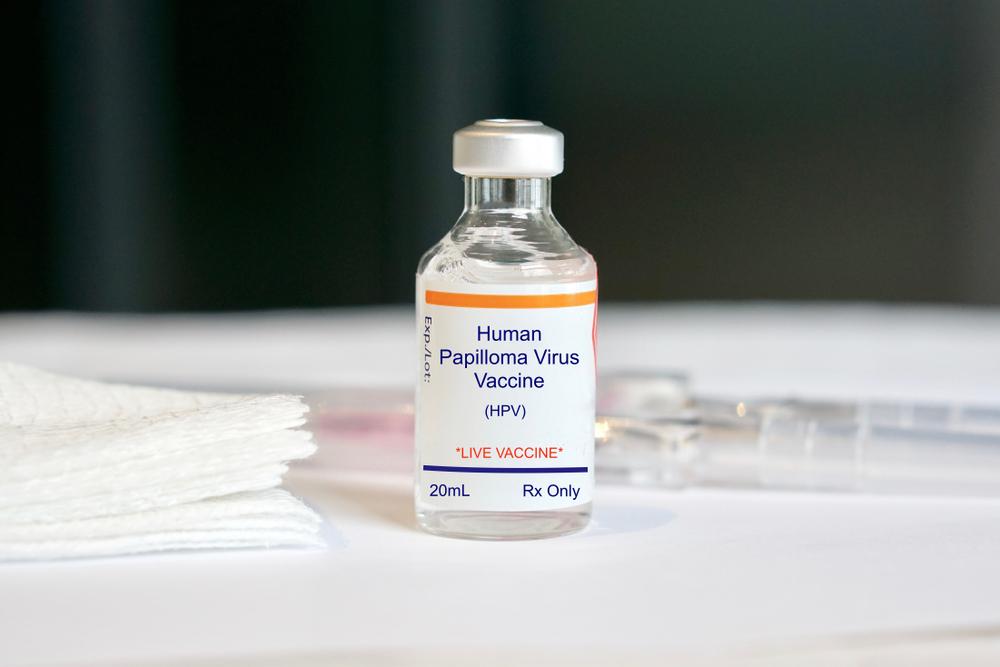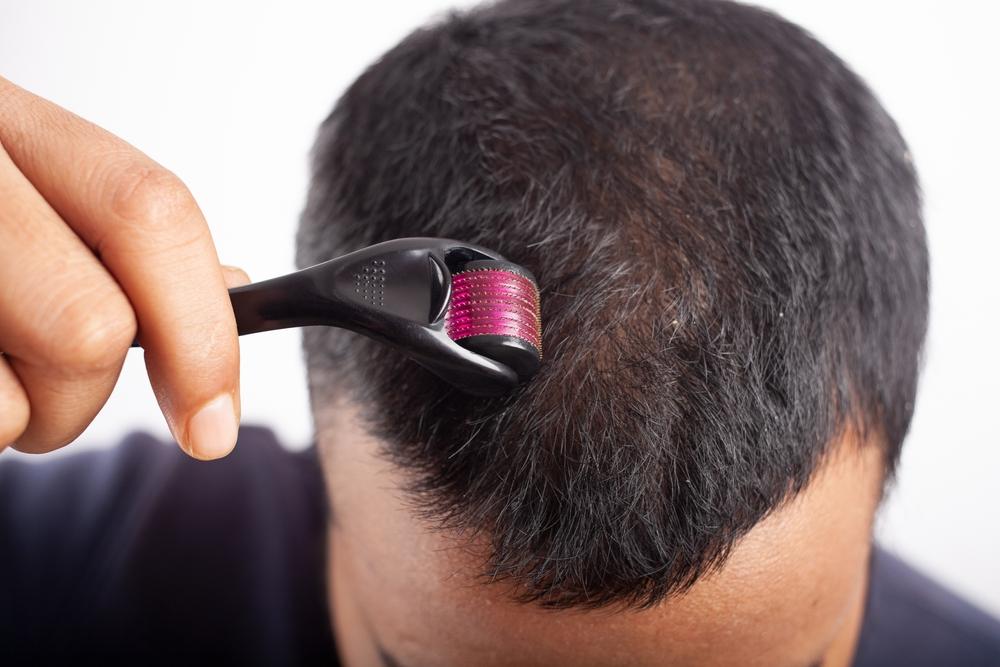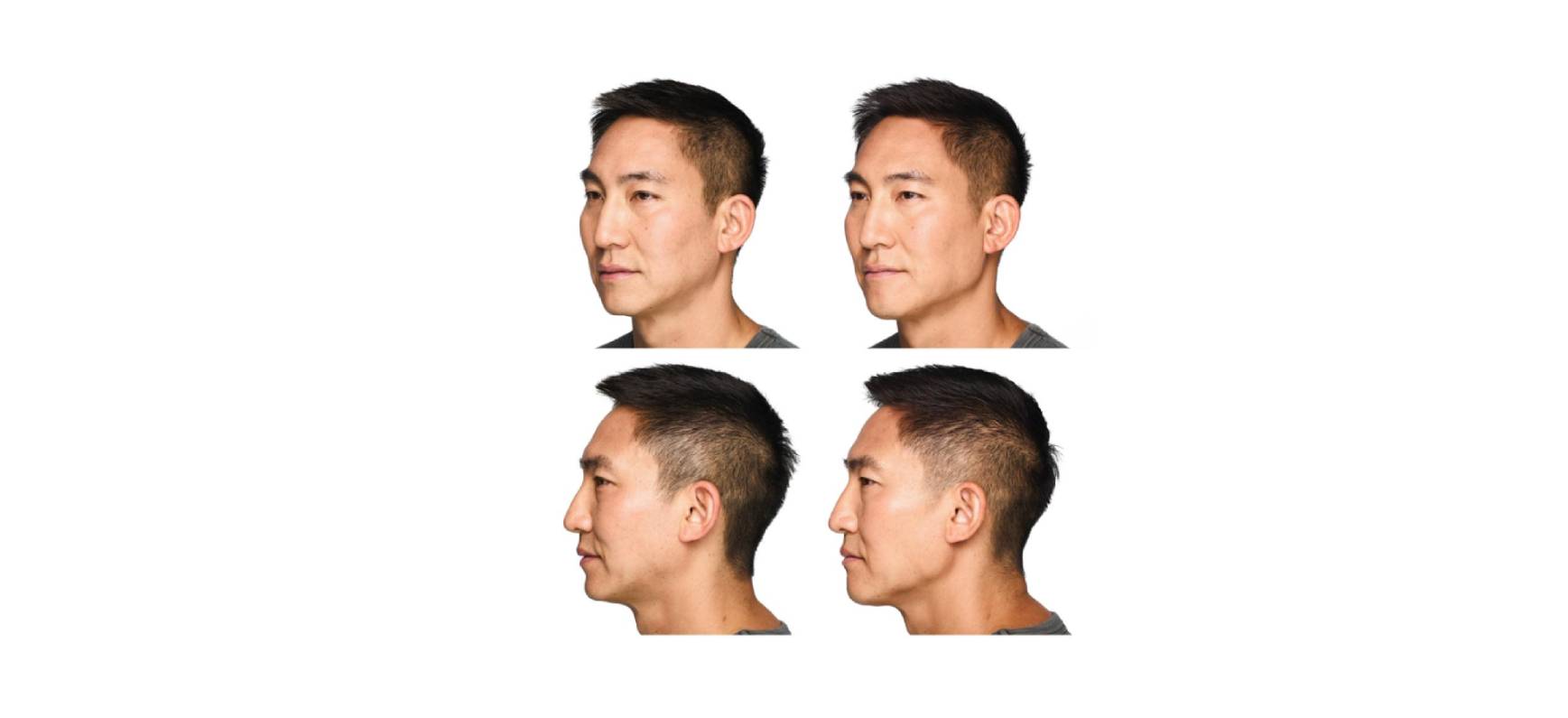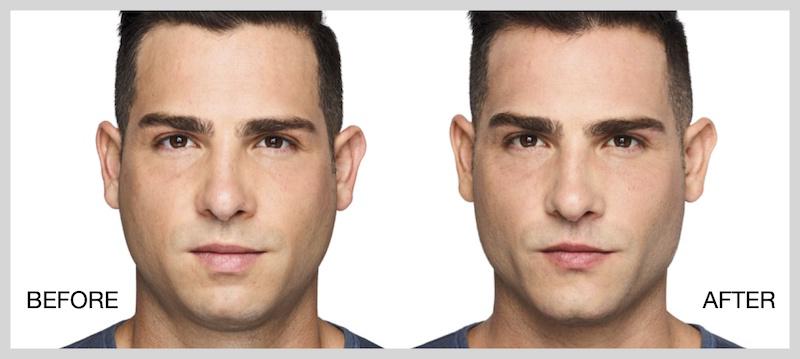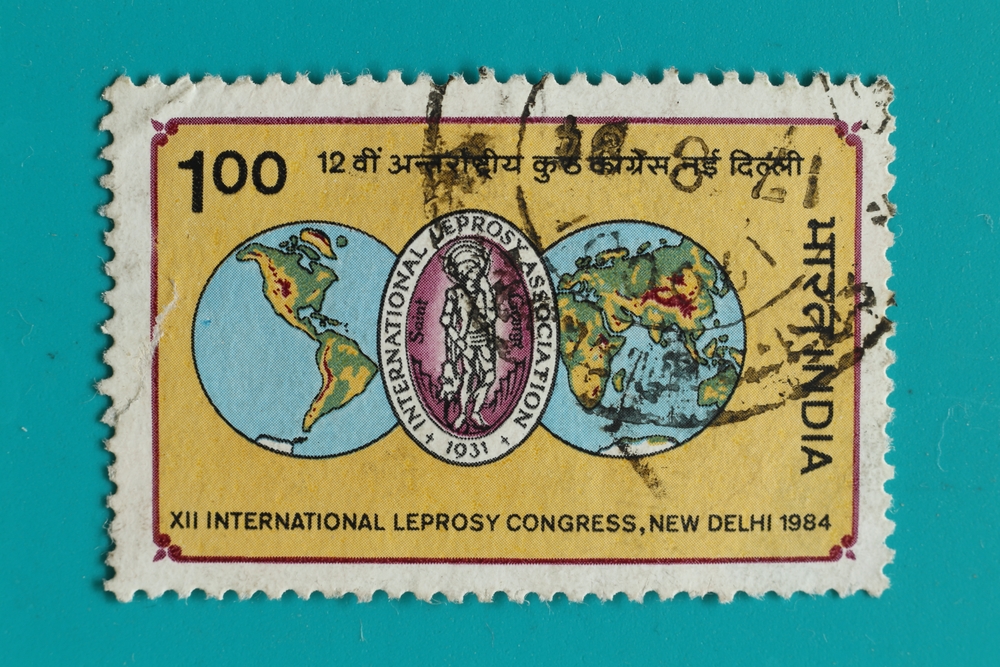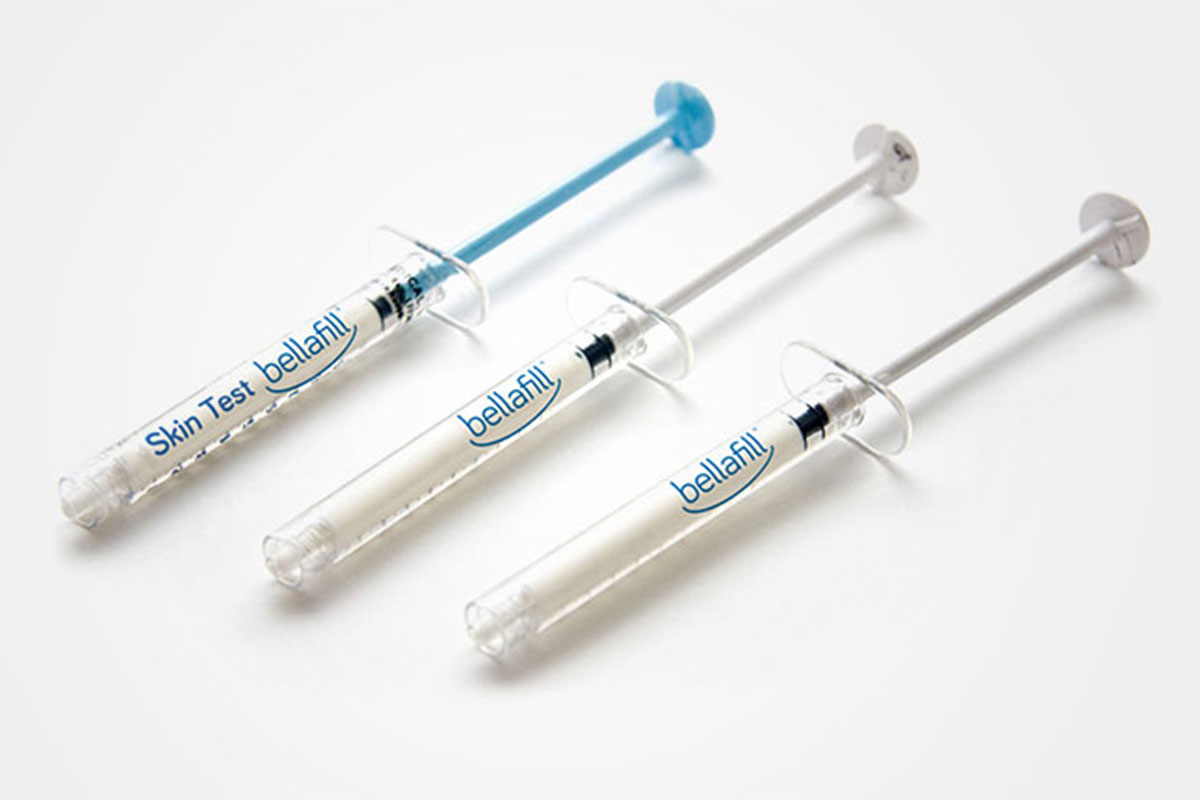The Origin of Derma Rollers
Derma rollers, tiny wheels studded with fine needles, have been utilized since the early 1900s to treat various skin conditions, including acne scars, fine lines, and wrinkles. Yet, only recently has the dermatology world discovered their efficacy in the realm of hair loss treatment. This new application has caused a surge in derma roller popularity, with the market expected to grow by $88.53 million from 2021 to 2026. Once exclusively utilized by dermatologists, these tools are now becoming a popular at-home treatment option.
Dermarollers: A Game Changer in Skincare Regimens
In the realm of skincare, the quest for innovative tools and techniques is unending. Among these, dermarollers have emerged as a fascinating and effective tool for skin rejuvenation and treatment. These small, handheld devices, equipped with hundreds of tiny needles, offer a unique approach to enhancing skin health and appearance.
Understanding Dermarollers: The Basics
Dermarollers, also known as microneedling devices, consist of a roller head covered in numerous fine needles. These needles range in length, typically between 0.1 and 3.0 millimeters. The device is rolled over the skin, creating tiny punctures. This process, though it sounds daunting, is minimally invasive and generally well-tolerated.
The Science of Microneedling
The premise behind dermarollers is based on the skin’s natural wound healing process. By creating microscopic punctures in the skin, the device triggers the body’s repair mechanisms. This response stimulates collagen and elastin production, two key proteins responsible for the skin’s elasticity and firmness. The increased collagen and elastin can help in reducing the appearance of fine lines, wrinkles, and scars, leading to smoother, firmer, and more youthful-looking skin.
Benefits of Dermaroller Use
Skin Rejuvenation
Regular use of a dermaroller can revitalize the skin, giving it a more radiant and youthful appearance. It’s particularly effective in addressing signs of aging like fine lines and wrinkles.
Scar Treatment
Dermarollers are known for their ability to reduce the appearance of acne scars and other types of scarring by promoting skin regeneration.
Enhanced Product Absorption
The micro-channels created by dermarolling increase the skin’s absorption capacities. This means skincare products applied post-treatment can penetrate deeper, enhancing their effectiveness.
The Science Behind Derma Rolling for Hair Growth
Using a derma roller significantly increases the efficacy of hair growth medications. The dermaroller creates tiny channels in the skin, acting as an effective delivery mechanism for topical treatments. It allows for deeper penetration of the medication into the scalp, yielding more substantial results. The most common medication paired with derma rolling is Minoxidil.
In 2013, a study titled “A randomized evaluator blinded study of effect of microneedling in androgenetic alopecia: A pilot study” supported this claim. It found that patients using a derma roller and minoxidil experienced significantly better hair growth results compared to those using only minoxidil. Specifically, 82% of the patients using the combination method reported over 50% improvement, as compared to a mere 4.5% from the minoxidil-only group.
Dermaroller: A Promising Tool in the Fight Against Hair Loss
Hair loss, a concern affecting both men and women, can be a source of significant distress. In the search for effective treatments, the dermaroller has emerged as a potential ally. This small, handheld device, known for its benefits in skin care, is now being explored for its capacity to stimulate hair growth. Let’s dive into how dermarollers can be used to combat hair loss and promote hair regrowth.
Understanding the Dermaroller’s Mechanism
The dermaroller for hair loss employs the same principle as it does for skin rejuvenation: microneedling. The device, outfitted with numerous tiny needles, is rolled over the scalp to create microscopic channels. This process is thought to stimulate the scalp’s natural healing response, encouraging blood flow and nutrient delivery to the hair follicles, which are essential for hair growth.
The Science Behind Microneedling and Hair Regrowth
When the dermaroller is applied to the scalp, it induces a minor injury to the skin. This triggers the body’s wound healing mechanisms, increasing blood circulation to the scalp, and potentially leading to increased hair growth. The microneedling process is also believed to boost the production of growth factors that are beneficial for hair regrowth.
Combining Dermarolling with Topical Treatments
One of the most significant benefits of using a dermaroller for hair loss is its ability to enhance the absorption and efficacy of topical treatments. Treatments such as minoxidil (Rogaine) or other hair growth serums can penetrate deeper into the scalp when used in conjunction with a dermaroller. This deeper penetration can potentially improve the effectiveness of these treatments, leading to better hair growth results.
The Power of Platelet-Rich Plasma Procedures
Platelet-rich plasma (PRP) procedures, another popular hair loss treatment, can be paired with derma rolling for enhanced results.
The benefits of derma rolling for hair loss treatment are promising. These tiny tools increase the efficacy of topical hair loss medications, making them a valuable asset in combating both male and female pattern hair loss. It’s essential, however, for patients to adhere to proper derma rolling practices for safety and effectiveness. In conclusion, the derma roller is a versatile tool that, when used correctly, can revolutionize the treatment of hair loss.
How to Use a Dermaroller for Hair Loss
- Choose the Right Needle Length: For hair loss, needles ranging from 0.5 mm to 1.5 mm are typically recommended. Shorter needles are less invasive, while longer needles may be more effective but also more uncomfortable.
- Preparation: Start with a clean scalp to prevent infection. Disinfect your dermaroller with alcohol before and after each use.
- Gentle Rolling: Gently roll the dermaroller across the scalp in multiple directions – horizontally, vertically, and diagonally. Avoid excessive pressure to prevent injury.
- Apply Topical Treatment: After dermarolling, apply any topical hair growth treatment as recommended.
- Frequency: Most recommendations suggest using the dermaroller once a week for hair loss. However, it’s crucial to give the scalp time to heal between sessions. Precautions and Side Effects
While dermarolling is generally safe, there are potential side effects such as scalp irritation, redness, or minor bleeding. It’s crucial to use the dermaroller correctly to minimize these risks. Individuals with scalp conditions, active infections, or a history of keloid scarring should consult a healthcare professional before starting dermarolling.
Dermarolling as a Hair Loss Solution
Dermarollers offer a promising, non-invasive option for those struggling with hair loss. By stimulating the scalp and enhancing the efficacy of topical treatments, this tool can be an effective part of a broader hair regrowth strategy. As with any treatment, results can vary, and patience is key. If you’re considering adding a dermaroller to your hair care regimen, it’s always wise to consult with a dermatologist or hair care specialist to ensure it’s the right choice for your specific needs. With proper use and care, dermarolling might just be the breakthrough you need in your journey to fuller, healthier hair.
The journey to a more confident you starts with one decision. That is the decision to get treated, why wait? If you’re on the fence or have questions brewing, remember: We at SullivanDermatology are always here to help.
If you have any concerns, don’t hesitate to reach out to us at SullivanDermatology – we’re here to make you your best!

